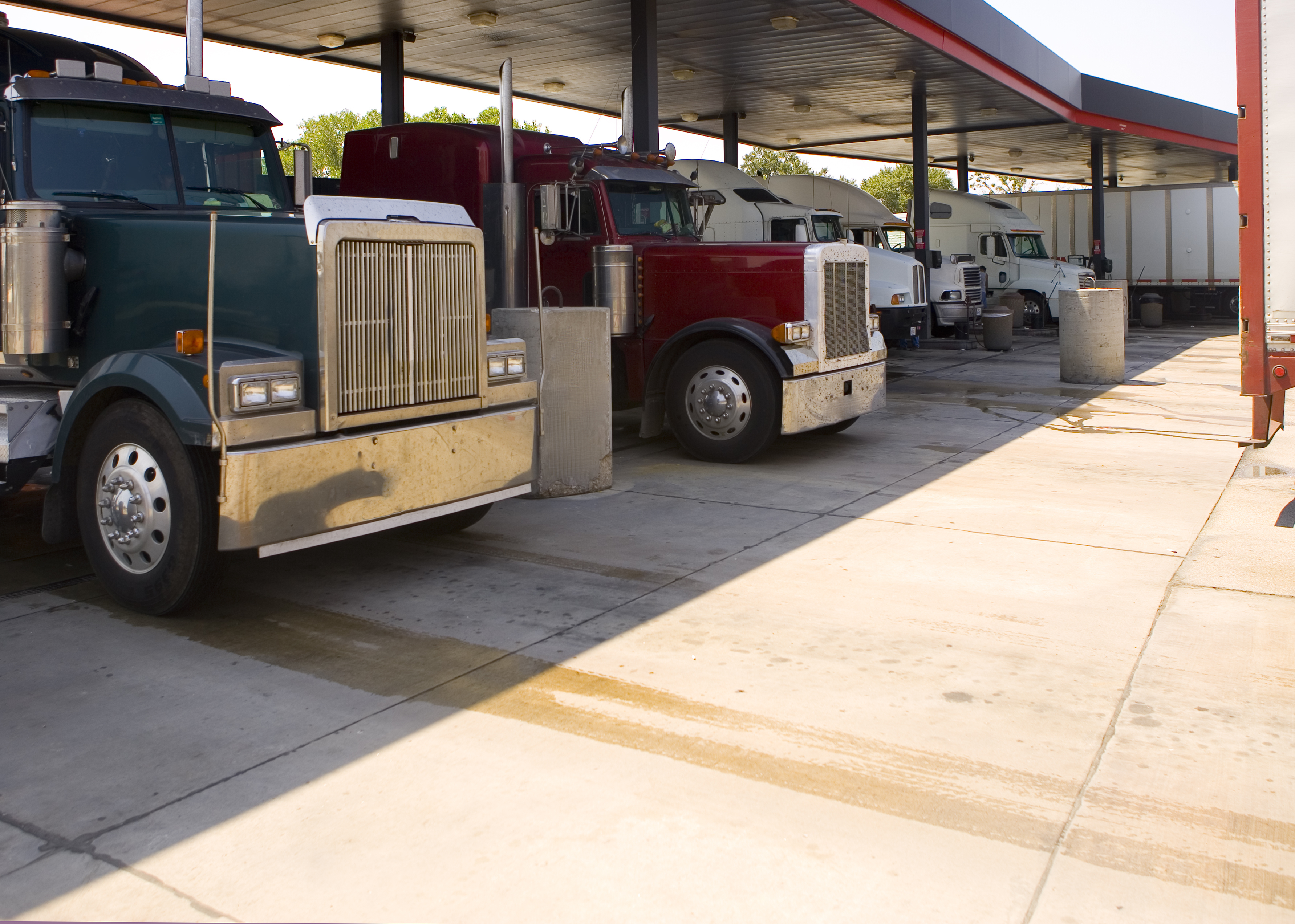How to Determine the Right Diesel Fuel

Using the right diesel fuel at the right time to power your vehicles and equipment is critical to improving efficiencies and achieving operational success.
The right diesel fuel can improve vehicle and equipment performance, prolong engine life, and reduce the time assets spend in the shop, allowing for greater productivity and lower maintenance costs. Additionally, it provides the same power and performance as gasoline, delivers up to 35% greater MPG, and is cleaner than gasoline and more environmentally friendly.
Determining the Right Diesel Fuel
With the varieties of diesel fuel in the market, determining which is right for your fleet isn’t easy. Cost and availability are always top considerations, but other factors are equally important. These include weather conditions, engine maintenance, engine size and design, speed and load change, frequency of speed and load change, and wear on injection equipment, pistons, rings, valves, and cylinder liners.
Each diesel variety — #1, #2, winterized, off-road, or biodiesel — has advantages and disadvantages. Let’s take a closer look.
#1 Diesel Fuel
#1 diesel is more costly than #2 diesel and is often referred to as a premium fuel because of its added property benefits, such as lubricants that prevent excessive wear on engine parts and detergents that clean fuel system components while the engine runs. Because of its low viscosity, #1 diesel is less likely to gel in cold temperatures than #2 diesel.
#2 Diesel Fuel
#2 diesel, also known as summer diesel or standard diesel, is the diesel fuel that’s available at most fueling stations. It doesn’t require as much refinement as #1 diesel, so it costs less. #2 diesel contains more energy density per gallon of fuel, providing engines more power than #1 diesel. It protects critical engine parts, but can gel when the temperature drops below 14 degrees Fahrenheit — its cloud point. This can cause hard starts and other complications in winter months or cold temperatures.
Winter Diesel Fuel
Winter diesel is a combination of #1 diesel and #2 diesel, with a higher concentration of #1 diesel. It’s used when it’s too cold to use #2 diesel. For the coldest regions of the country, engines may require #1 diesel, but bear in mind that it’s more expensive, has a lower energy content, and running an engine continuously on #1 diesel can reduce the fuel system’s life span.
Off-Road Diesel
Off-road diesel is dyed red to distinguish it from other diesel fuels. It’s used in equipment and vehicles that aren’t operated on public roadways, such as construction equipment and standby generators. Chemically it’s the same as #2 diesel. Because off-road diesel isn’t subject to the same taxes as the other diesel varieties, it costs much less. But if you use it for on-road vehicles and equipment it can cost you plenty, as there are stiff penalties for improper use.
Biodiesel
Biodiesel is a renewable, biodegradable diesel derived from animal fats, vegetable oils, or recycled restaurant grease and is considered a cleaner alternative to #2 diesel.
Biodiesel is compatible with most modern diesel engines. Its performance in cold weather depends on the blend of biodiesel, the feedstock, and the petroleum diesel characteristics. Typically, blends with smaller percentages of biodiesel perform better in cold temperatures, with #2 diesel and B5 (up to 5% biodiesel) performing about the same in cold weather
Fueling Your Fleet Forward
To get the best performance from your vehicles and equipment and operational benefits, it’s best to work with a reputable diesel fuel provider. You’ll get the diesel blend that’s appropriate for your needs when and where you need it.
Fueling issues can put your business on hold. The right diesel, at the right time, and from the right provider will keep your business moving right along. And your customers on board.